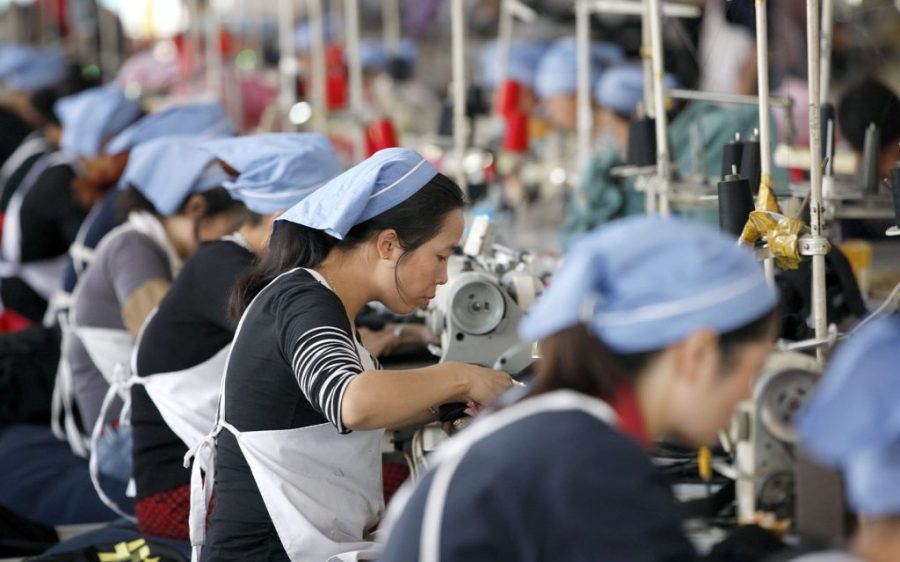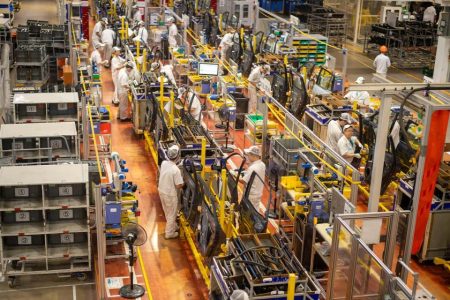China’s manufacturing activity shrank again in August, marking the fifth straight month of decline as weak demand and trade uncertainty continue to weigh on the world’s second-largest economy, Reuters reports.
The official manufacturing purchasing managers’ index (PMI) came in at 49.4, just below July’s 49.3 and still under the 50-point threshold that separates growth from contraction. Economists had expected a slight improvement to 49.5, according to a Reuters poll.
The non-manufacturing PMI index, including services and construction, fared better, rising to 50.3 in August – up from 50.1 in July. China’s composite PMI edged up to 50.5, from 50.2 the month prior.
Analysts warned that overall momentum was slipping, however. The country’s prolonged property slump, weaker exports and cautious consumers added pressure on Beijing’s target of around 5 percent growth for 2025. Extreme weather events and the mainland’s heavily indebted local governments further impacted economic performance.
[See more: China’s high-tech sector powered a profit rebound in July]
Manufacturers are also grappling with weaker US demand, though exports in July were buoyed by growing demand across Africa, Europe and Southeast Asia.
Zhiwei Zhang, president and chief economist at Pinpoint Asset Management, told Reuters that the macro outlook for the rest of the year “largely depends on how long exports can stay strong and whether fiscal policy will become more supportive in [the fourth quarter].”
Beijing and Washington recently extended their tariff truce for another 90 days, with Washington maintaining levies of 30 percent on most Chinese imports to the US. There are 10 percent levies on most US imports to China.






